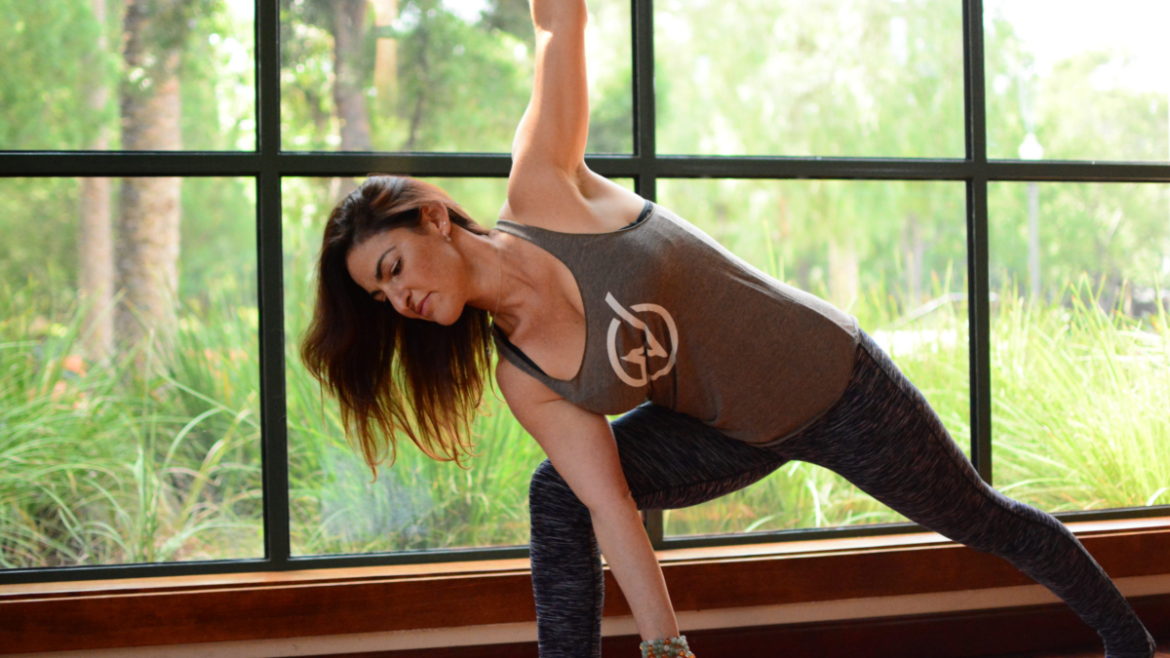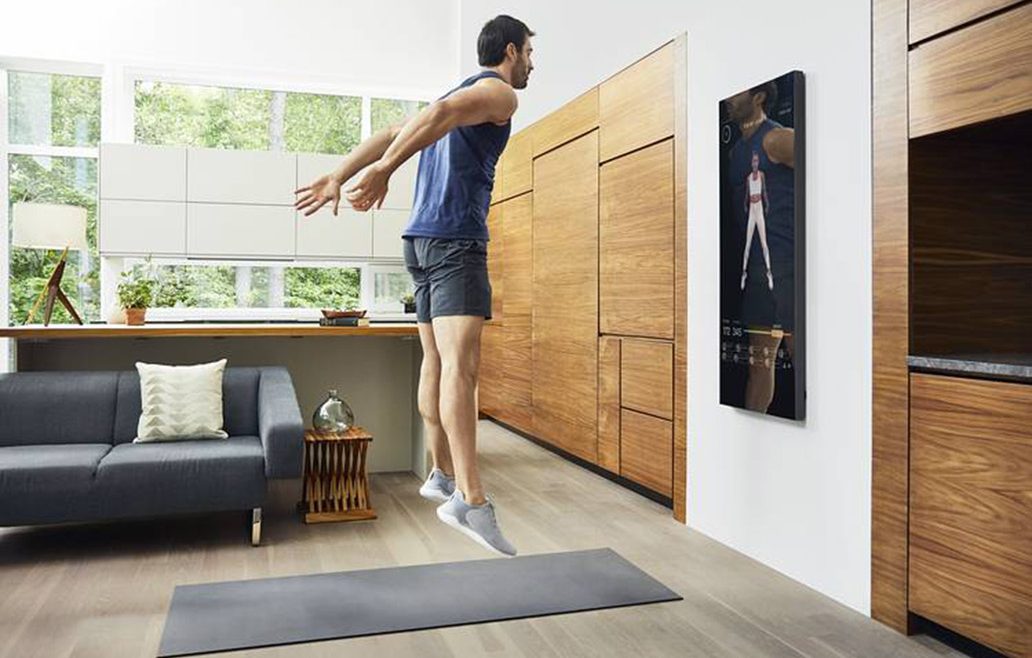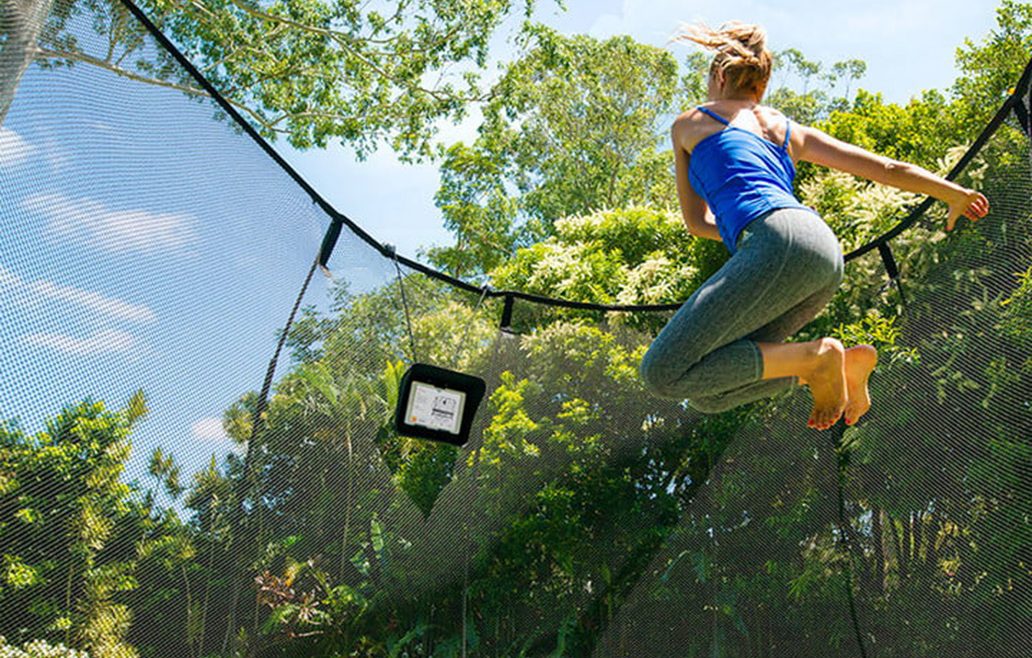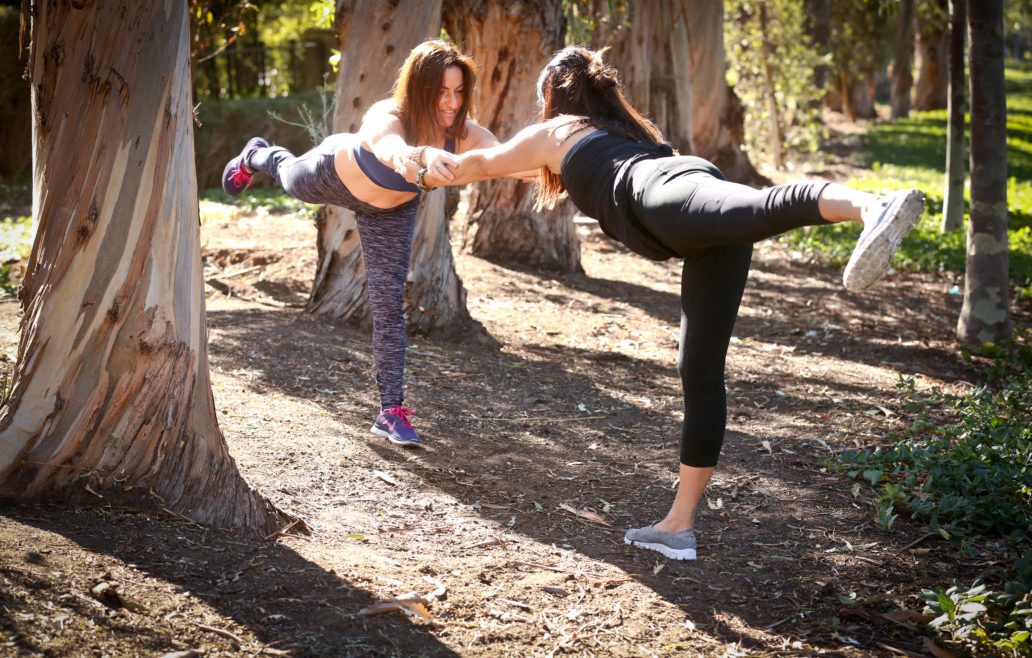When we hear the word yoga, most people would probably think of a yoga studio or gym outfitted with yoga mats and yoga pants as far as the eye can see. But the truth is the history of yoga and its humble beginnings is quite different from the practice as we know it today.
First used in a sacred text called the Rig Veda dating back to 1500–1000 BCE, the word yoga translates to “union.” As a spiritual discipline that’s practiced throughout the world, yoga aims to create a union between the body, mind, and emotions. Its practices are an elegant combination of body movements, breathwork, contemplation, and sensory withdrawal. Ahead we take a closer look at the history of yoga, from its modest beginnings to its modern-day popularity.
A History Of Yoga
While its exact origins are unknown, yoga has a rich history that can be traced back thousands of years. The history of yoga is typically divided into four periods, which include its origins, evolution, practice, and advancement.
Pre-Classical Period
Yoga began as a meditative practice with the Harrapan culture some 3,500 years ago. Eventually, the Harrapan culture fell (as a result of the Aryan invasion) and life changed drastically for their people. The Barbarians subsequently introduced the concept of caste systems and religious rituals that included blood sacrifices. It was during this time that the Vedas along with the first concepts of yoga (as we’ve come to know it) was also introduced.
Primarily used by the Brahmins or The Vedic priests, The Vedas are a collection of sacred texts that contain songs, mantras, and rituals. And as we mentioned earlier, the word “yoga” first appeared in the Rig Veda—the oldest of all the Vedas.
Over time, the Brahmans and Rishis (mystic seers) refined and developed the practice of yoga, all of which was documented in scriptures of the Upanishads. Not only do the Upanishads contain some of the earliest concepts of Hinduism, but they also maintain that the best way to achieve enlightenment was to study under a teacher and dedicatee one’s life to the practice of yoga.
Moreover, while the original Vedas held fast to the idea of ritual sacrifices, the Upanishads encouraged the sacrifice of the ego by outlining two paths to enlightenment:
- Karma Yoga – the selfless dedication to the service of others
- Jnana yoga – the study of spiritual writings
Yoga And The Bhagavad Gita
The most well-known and renowned piece of the Upanishad scriptures is the Bhagavad Gita (composed somewhere around 500 BCE). Considered one of the most important religious texts of Hinduism, the Bhagavad Gita is a series of mythological tales, all of which are included in the Indian epic the Mahabharata.
The Bhagavad Gita itself outlines three methods of devotion:
- Karma yoga
- Jnana yoga
- Bhakti yoga
Classical Period
The pre-classical period of yoga was a jumble of ideas, beliefs, and practices, each one conflicting and contradictory to the next—but that was all about to change.
Somewhere around 400 BC, the renowned sage and mystic, Patanjali ushered in the classical period of yoga with the introduction of the Yoga-Sûtras. With his introduction of the eight-limbed path of yoga, Patanjali finally brought some organization to the practice of yoga. For the first time, there was a clear outline for the steps and stages one needed to take to obtain Samadhi or enlightenment.
Eight limbs of yoga are:
- Yama – self-restraint
- Niyama – self-purification
- Asana – seat or posture
- Pranayama – breath control
- Pratyahara – sense withdrawal
- Dharana – one-pointed concentration
- Dhyana – meditation
- Samadhi – absolute absorption
Many consider Patanjali to be the father of yoga, and his Yoga-Sûtras are considered a strong influence on modern yoga.
Post-Classical
A few centuries later, yoga masters of the time completely rejected the teachings of the ancient Vedas, choosing instead to embrace the physical body as the means to achieve enlightenment. This movement was the driving force behind the development of Tantra yoga. This new form of yoga focused on uniting the dualities within the human body (for example, male-female, good evil, etc.). Tantra yoga embraced the use of radical techniques to cleanse and connect the body, mind, and spirit.
The exploration into the connection between the physical and spiritual eventually led to the creation of Hatha Yoga. (Incidentally, Hatha Yoga is what yoga looks like to most of us.) Essentially, Hatha yoga uses body postures (asanas) and pranayama (breath control) to achieve one’s goal of self-realization.
Modern Period
Yoga’s popularity grew as T. Krishnamacharya and Swami Sivananda Saraswati continued to promote Hatha yoga in India. Yoga only gained popularity in the West in the early 20th century as yoga masters began to travel outside of India to spread its teachings.
Yoga was first brought to America by Swami Vivekananda, who spoke at the Parliament of World Religions in 1893 in Chicago. In 1947, Indra Devi picked up the mantle when she opened her first yoga studio in West Hollywood. The list of her famous students induced actresses Gretta Garbo, Gloria Swanson, and beauty maven Elizabeth Arden.
In 1969, Swami Satchidananda famously delivered an opening speech at Woodstock, where he shared a prayer about peace and love. He later became known as the Woodstock Guru.
Satchidananda wasn’t the first Swami to visit America, but his appearance at Woodstock was a pivotal moment in the history of yoga. It was where East met West, and yoga began to firmly take root in America.
In addition to a multitude of Swami’s, three of T. Krishnamacharya’s students continued his legacy and shared his teachings with the world.
- B.K.S. Iyengar continued to develop the practice by creating his own sequence of yoga poses
- Indra Devi – was the first famous Yogini or female yoga master
- T.K.V. Desikachar (T. Krishnamacharya’s son) went on to develop Vinyoga, a less intense and more therapeutic form of yoga than Astanga yoga.
Yoga Today
Over the years, the history of yoga has continued to evolve. Today, there’s a seemingly endless variety of yoga styles, including Bikram yoga, Kundalini yoga, power yoga, and countless others. And while the sheer number of choices can be overwhelming to new practitioners, we think it’s important to point out something T.K.V. Desikachar often shared—yoga is not a one size fits all type of practice; there’s a right style of yoga for everyone.
To learn how Goomi Group’s onsite and virtual yoga classes can benefit your team in body, mind, and spirit, connect with us now to schedule a virtual yoga class or to find a wellness plan that works for your team!





 Get Healthy Together
Get Healthy Together